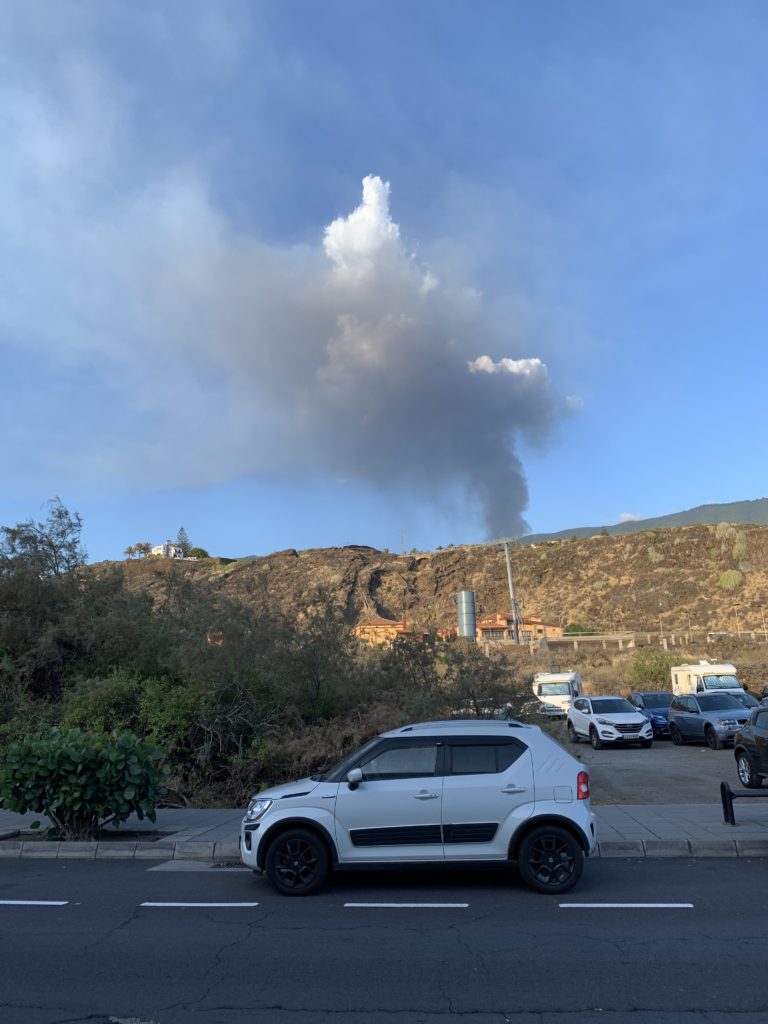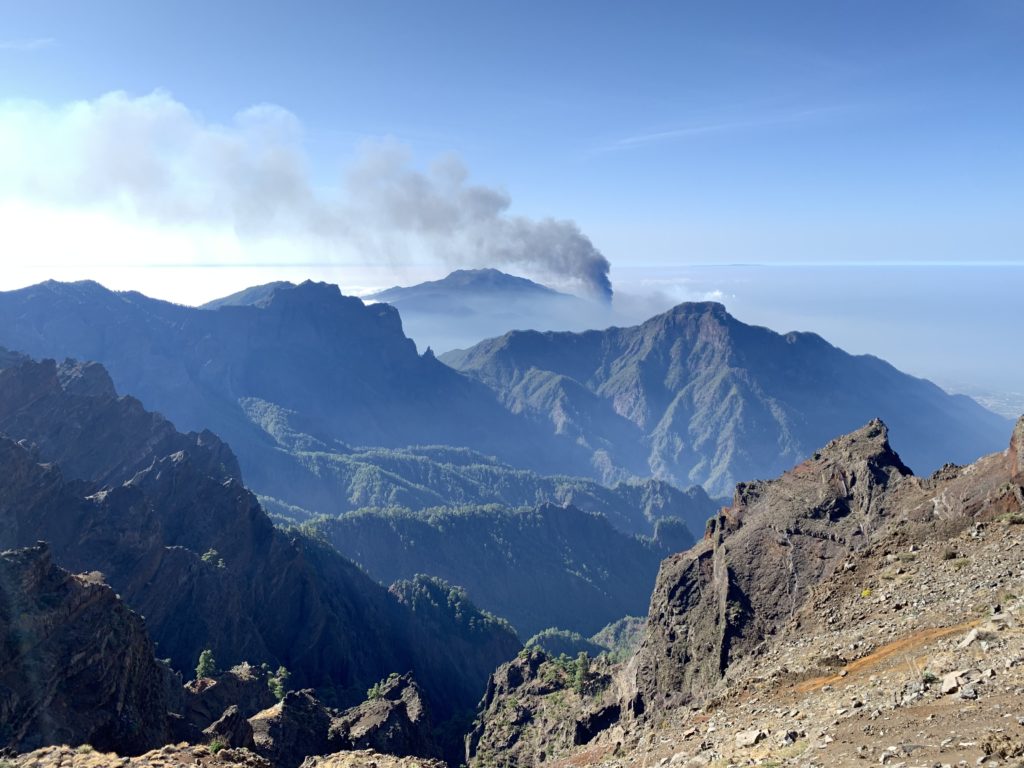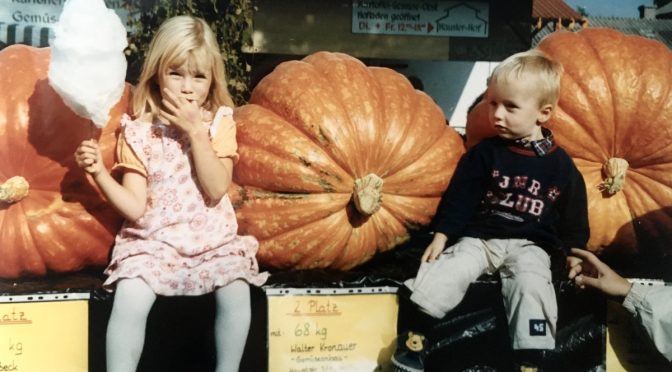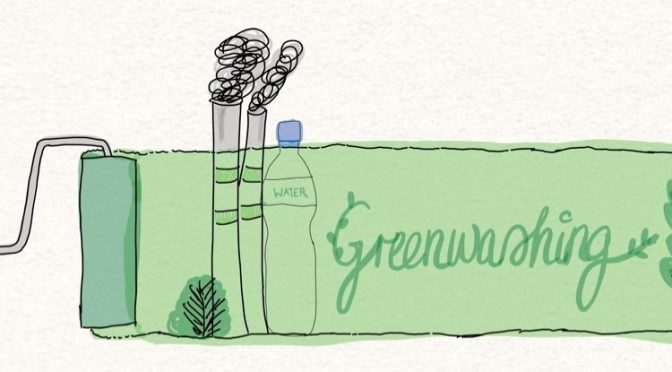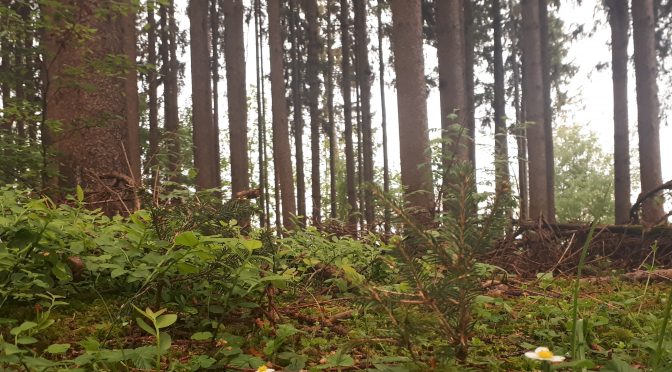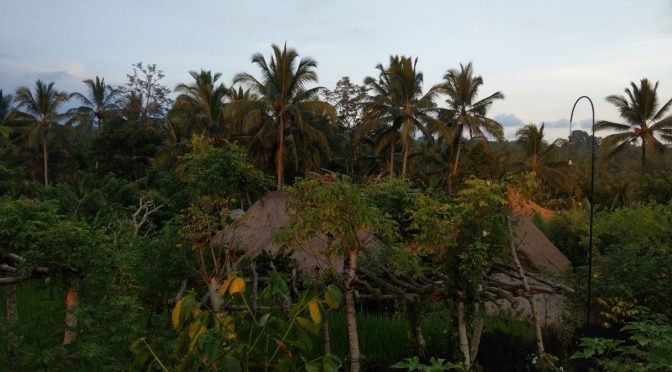A fire-breathing giant awakens after 50 years of deep sleep
Have you ever met someone who told you about their cruel fate? No? I have. I was on a study trip to La Palma in September 2021 and on our flight home, a lovely elderly lady from Germany sat next to us and told us her story. The volcano’s lava had destroyed the little house she had had for decades, and she almost lost her dog as she was at a friend’s house when the lava approached. Luckily, she was able to save her dog; but in return, she lost most of her personal belongings.
Some general facts about the volcano
The Cumbre Vieja began to erupt on the 19th of September 2021 in its first eruption since 1971; the eruption is still ongoing. It’s important to note here that all volcanos of the Canary Archipelago are the result of a hot spot underneath the earth’s crust. Here’s where things get interesting: the Cumbre Vieja is not just one volcano. It is a large system of linear vents located on the southern half of La Palma. If you look closely at a map of the Canary Islands, you will notice that the islands form a kind of chain. The reason for that phenomenon is the interplay of the African plate and the hotspot. The African plate moves slowly north-eastwards but the hot spot doesn’t move, and this is how the different volcanos were built. A short side note here: The seven islands of the Canary Archipelago Tenerife, Gran Canaria, Lanzarote, Fuerteventura, La Palma, La Gomera, and El Hierro are islands of volcanic origin.
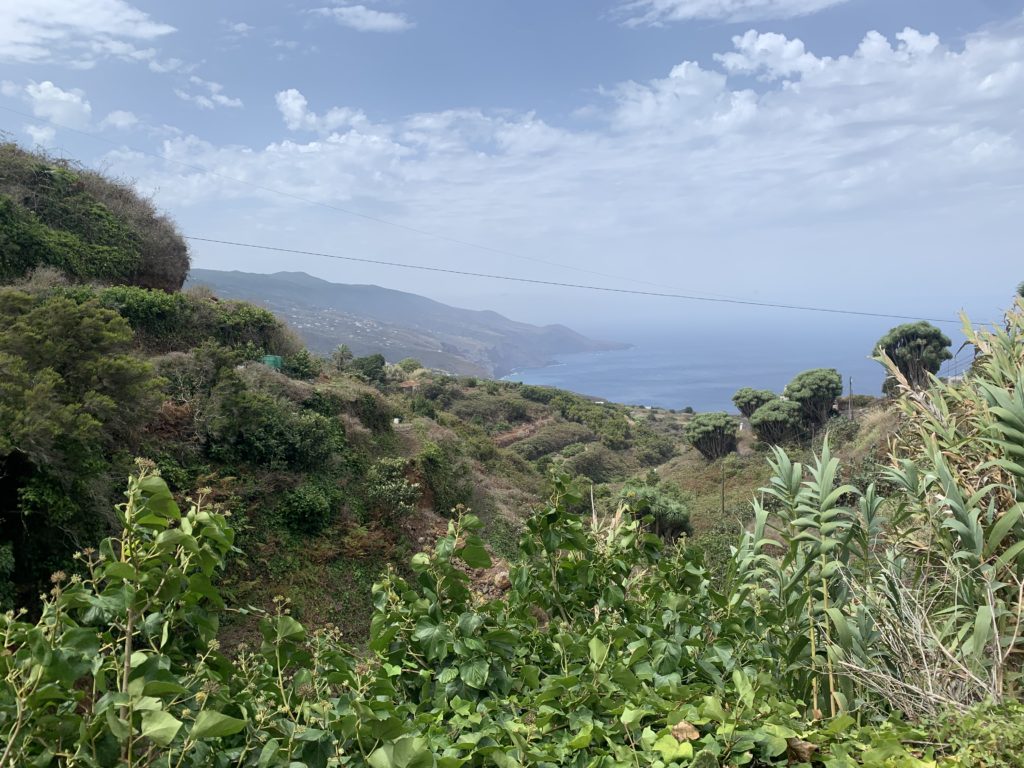
Consequences
The most unfamiliar thing for us was the constant rain of ash. I have never experienced this before. If the ash got into your eyes, it was anything but comfortable. Due to the ash, the outdoor area of the hotel and several restaurants and bars were closed. The locals couldn’t even keep up with sweeping. However, the effects of the volcano that we witnessed were still only the milder ones. After we left with the ferry to Tenerife because the local airport was closed, the situation on La Palma worsened. We got off the island at just the right moment.
Now let’s talk about the more serious consequences. Lava that’s pouring down the western side of the slope is causing a lot of misery. Masses of ash cover big areas of the island and the damage already caused by the lava amounts to about 700 million euros. According to a report, more than 2650 buildings have already been destroyed. Another sad fact is that the volcanic eruption has already killed one person. Unfortunately, it’s unpredictable when the catastrophe will end since strong activity is still taking place in 30 kilometers depth. About 7000 inhabitants have already been evacuated. Additionally, the 1300-degree hot lava has already destroyed about 1100 hectares. This includes 211.19 hectares of banana plantations, 60.02 hectares of vineyards, and 90 hectares of farmland. It’s interesting to note that the island has grown through the lava. On the west coast in the south of the island, a new peninsula of about 25 hectares amassed. This clearly shows that islands can grow, namely through lava. For a long time, it was assumed that the vapors that are produced when the lava meets water would be poisonous. However, this was disproven by experts.
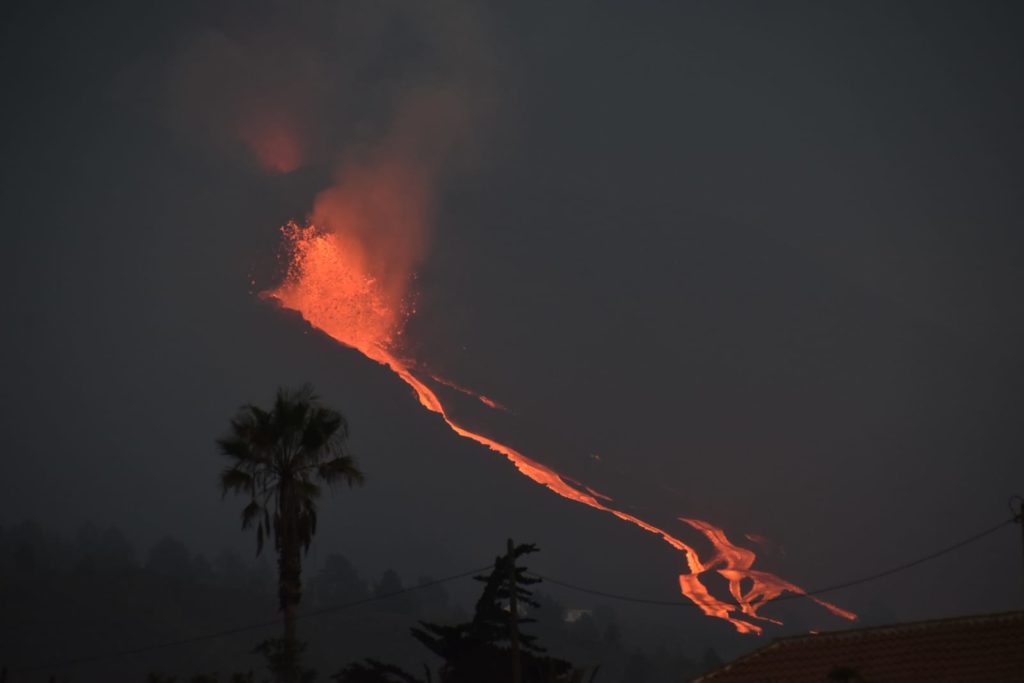
I am so sorry for the people living there because thousands lost their homes and big parts of the island were destroyed. Still, it was one of the most impressive and breath-taking destinations I have ever been to. I was privileged to see such beautiful places. It was just like paradise. And I mean… who has seen an active volcano in real life? That’s something I can cross off my bucket list.
Author and Photos: Lisa Straßer

